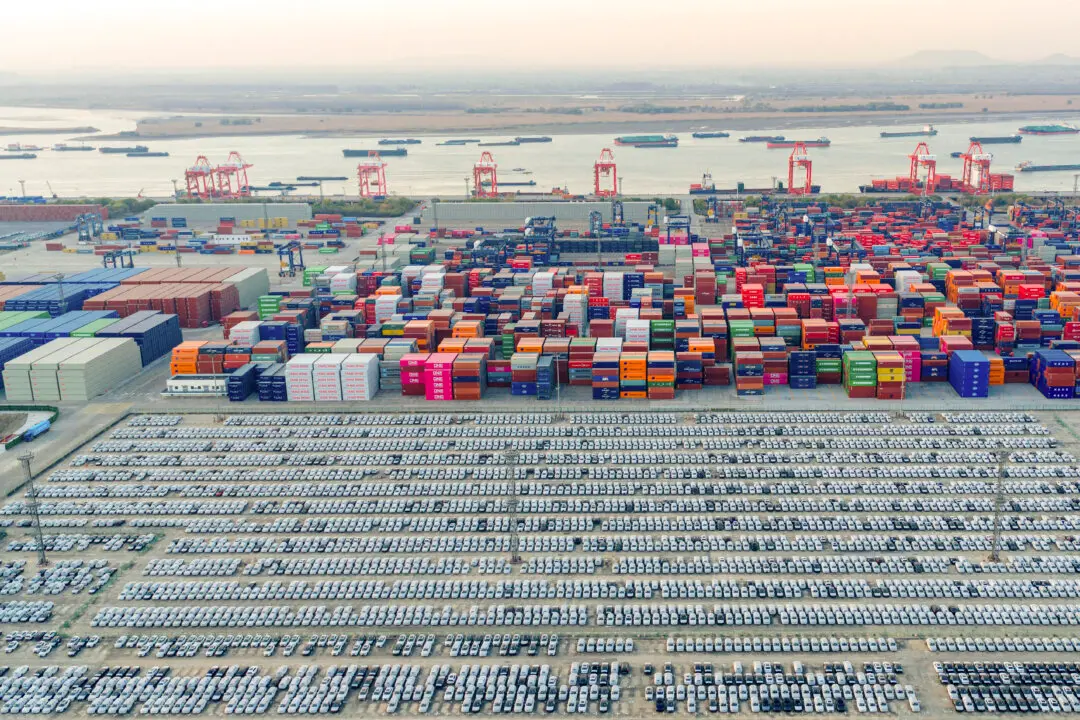Commentary
These days, the word “tech” typically brings to mind the internet, apps, and social media. It’s only reasonable. These aspects of technology have come to dominate daily life for many. But technology is a whole lot broader than social media or even the internet, and it’s poised to revolutionize how the entire economy works.





